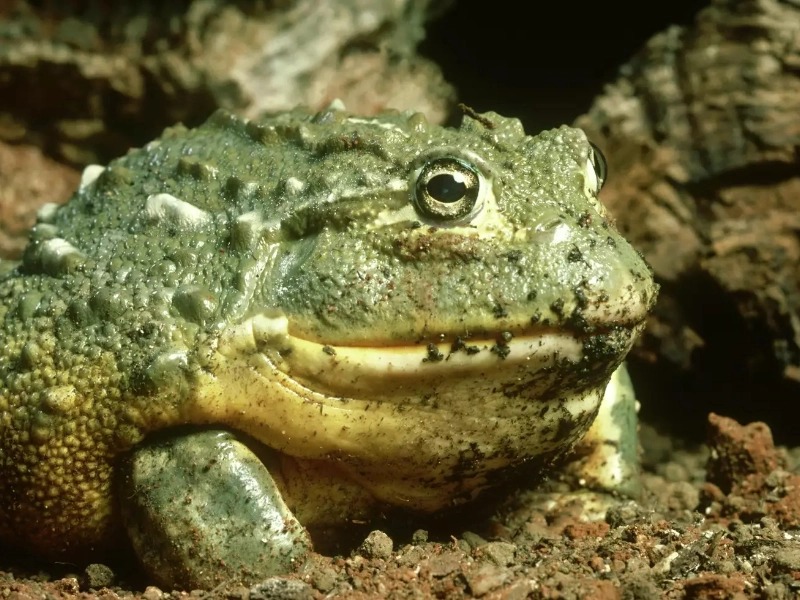
17 Animals Amazingly Adapted to Thrive in Deserts
By • Last Updated3. Sand Cat

Scientifically known as Felis margarita, the sand cat is a small yet captivating feline species that has remarkably adapted to thrive in harsh desert environments. Found in regions of northern Africa and central and southwestern Asia, the sand cat stands out among the Felidae family as the only member specifically suited for sandy desert habitats. Its physical characteristics, behavior, and hunting techniques make it a fascinating subject for those interested in desert ecology and animal adaptations.
One of the most striking features of the sand cat is its appearance and size. Weighing between 3.5 and 7.5 pounds, these petite cats possess a compact build, short legs, and a unique coat that blends seamlessly into their sandy surroundings. Their thick, silky fur provides protection against the extreme temperature fluctuations typical of desert climates. The coat, which ranges from pale yellow to sandy beige with subtle stripes and spots, enhances their camouflage, allowing them to evade both predators and prey.
The adaptations of the sand cat extend beyond its appearance. Specialized features enable it to survive in the demanding desert environment. For instance, its large, rounded ears provide exceptional hearing, helping the sand cat detect potential prey such as insects, birds, and rodents. Additionally, its fur-covered paws insulate its feet from the hot sand, allowing for comfortable movement across its arid habitat.
One of the sand cat’s most remarkable traits is its nocturnal behavior. To escape the scorching daytime heat, these cats retreat to their burrows, conserving energy during the hottest hours. By being active at night, they can hunt and forage for food while minimizing the risk of overheating. This behavioral adaptation is crucial for seizing the abundance of prey that becomes active after dark.
The sand cat’s diet primarily consists of insects, birds, and small mammals, and it has developed efficient hunting techniques to capture its targets. With excellent vision and keen hearing, the sand cat can accurately locate prey. Once it identifies a target, it employs speed and stealth to make a successful capture, demonstrating flexibility in its hunting strategies—a key factor for survival in an environment where food availability can be unpredictable.
In summary, the sand cat is a remarkable example of adaptation to desert life. Its morphological traits, nocturnal activity, and specialized hunting methods highlight the incredible resilience of this species in one of the most challenging habitats on Earth. As climate change and habitat loss continue to threaten desert ecosystems, understanding the unique adaptations of the sand cat will be vital for its conservation and the protection of the fragile balance within these arid environments.